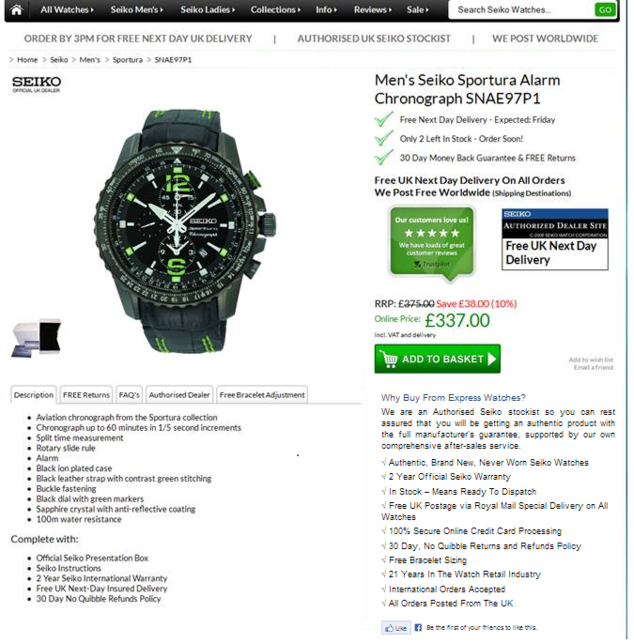Include specifics You probably know I’m a stat guy. I can’t stress enough how important it is to include concrete numbers in your testimonials. Don’t just feature testimonials that say your product “is good.” Give prospects real data. They want to see your brand for what it really is, flaws and all. Have you ever done research on a product and seen nothing but rave reviews, with every single testimonial giving it 10 out of 10? Long-form testimonials allow you to explain the ins and outs of your product and provide specific examples of how it has helped your customers. One of the best examples I’ve seen of long-form testimonials is Noah Kagan’s landing page for Make Your First Dollar course. Unbounce did A/B testing on their homepage to see what impact video testimonials would have. But here’s page B, featuring a video: If you’re looking for inspiration and ideas for creating video testimonials, check out this post from HubSpot. This should make it possible to quickly gain their trust, squash any skepticism they may have, and ultimately motivate them to buy.
It doesn’t take a rocket scientist to understand the correlation between testimonials and higher conversions.
As humans, we’re wired to seek feedback from others.
But testimonials may carry even more weight than you may have thought.
Research found that
customer testimonials are considered to be one of the most effective content marketing techniques, identified by 89% of B2B marketers.
And there’s one particular A/B test involving testimonials I really like.
It compared different variations of a landing page for Seiko Watches.
Here’s the first version, containing no testimonials:

And here’s the second version, containing a widget featuring positive customer reviews:

Guess by how much the conversions improved.
By 58.39%!
Not too shabby.
But I have a bone to pick with the way most brands approach testimonials.
I feel the majority stick to a conventional format and aren’t fully harnessing the true power of testimonials.
In this post, I break down what I think the ultimate blueprint for creating a super persuasive testimonial is.
I’ll briefly touch on the fundamentals and throw in some other angles you might not have thought of.
Here we go.
Use images
I won’t bore you with a long-winded explanation of the importance of images.
This is usually one of the first bits of advice you’ll hear.
But they really are a critical element of a strong testimonial.
In fact,
65% of senior marketing executives believe that visual assets are core to how their brand story is communicated.

Not only do images make testimonials look more professional, they increase “truthiness,” defined as a subjective feeling of truth.
This is what you’re looking for when attempting to create a connection and persuade leads to buy.
Include specifics
You probably know I’m a stat guy.
I love stats!
For me, data is the perfect way to help prospects connect the dots and understand why your brand is worth doing business with.
I can’t stress enough how important it is to include concrete numbers in your testimonials.
Don’t just feature testimonials that say your product “is good.”
Give prospects real data.
Here are a couple of examples of testimonials I use on NeilPatel.com.
There’s one reason I use these specific testimonials.
They work.

Seeing that Timothy earned $15 million in revenue and received 26% more traffic is much better than saying something like, “Neil really helped my company and you should work with him.”
It’s the same story here with Gawker Media:

Here’s how Freshbooks uses this technique:

Show them how you can help them in a tangible way.
And here’s another quick tip.
Try to stay away from round numbers, like 20% and 30%.
Consumers tend to prefer exactness, and using only perfect numbers may raise suspicion.
Show the good and bad
If there’s one mistake I see brands making time and time again, it’s using only rosy testimonials.
Don’t get me wrong: you obviously want to sell yourself and ensure that prospects view you in a positive light.
But you don’t want to go overboard and feature testimonials that offer nothing but praise without any negatives whatsoever.
This can kill your credibility, and it tends to make visitors more skeptical.
After all, any charlatan can slap up some bogus reviews and make themselves look like a saint.
What people are looking for is authenticity.
They want to see your brand for what it really is, flaws and all.
In fact, studies suggest that bad reviews can actually be good for business.
Research from social commerce company Reevoo found that
68% consumers trust reviews more when they see both good and…

COMMENTS